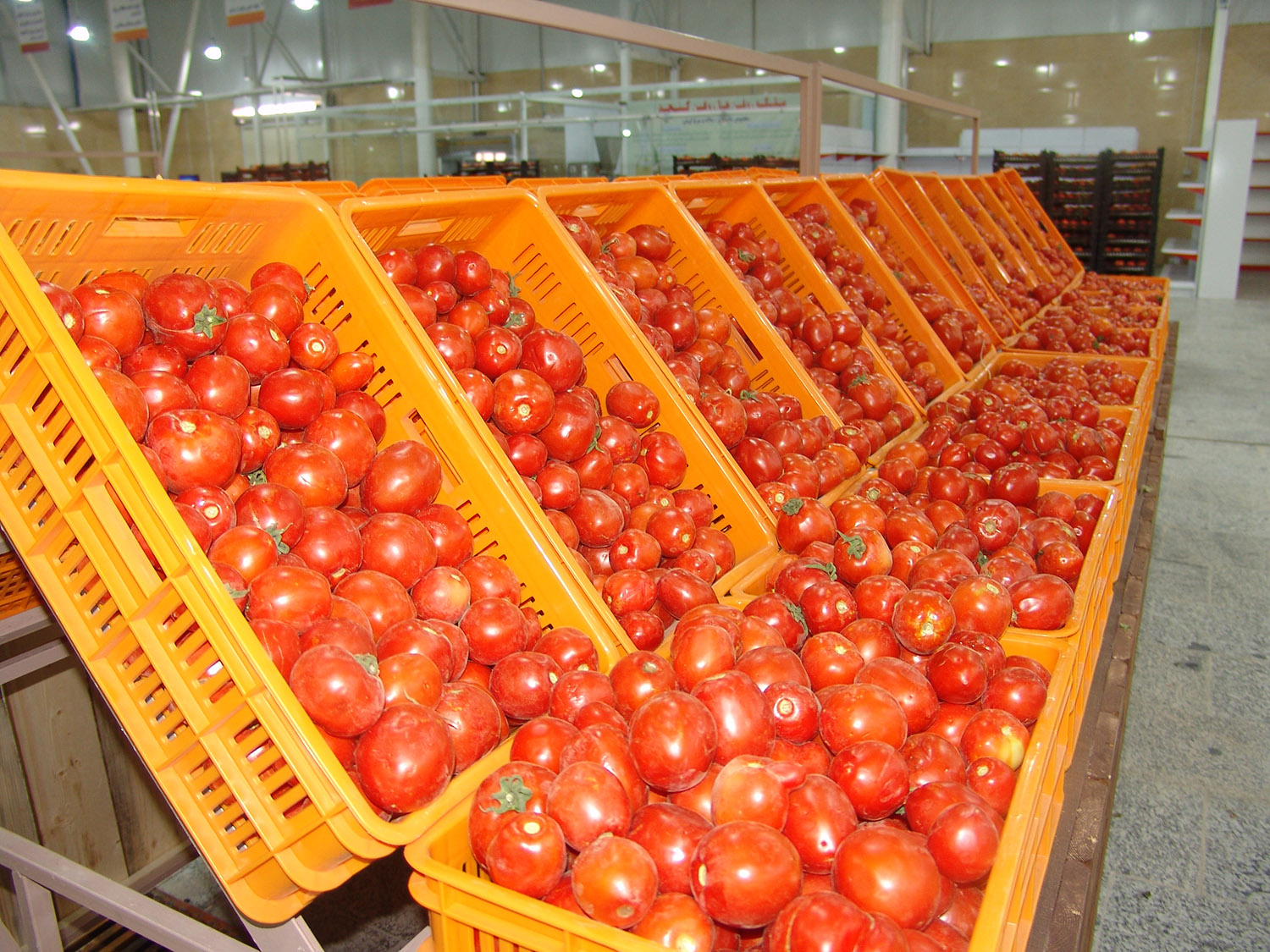The Iranian printing industry is out of recession and is well on the verge of a development boom.
The statement was made by Minister of Culture and Islamic Guidance Seyyed Reza Salehi-Amiri during the inaugural ceremony of the 23rd Exhibition of Iran Printing, Packing and Related Machinery at Tehran’s International Permanent Fairground on Sunday.
Salehi-Amiri called on the Ministry of Industries, Mining and Trade to recognize printing as a manufacturing industry, which would make the players of this economic sector eligible for bank facilities.
“Iran is home to about 10,000 printing houses and workshops, and their efforts have made the country almost needless of imports. For instance, paper production is estimated to increase to 1 million tons from the current 800,000 tons a year very soon,” he said.
The annual consumption of paper in Iran stands at 1.5 million tons.
Iran Print and Pack 2016 is organized by Tehran Manufacturing and Technical Services Trade Union and will run through Dec. 28.
Over 660 domestic and foreign companies from China, Turkey, Germany, Italy, Iraq, Austria, Taiwan and France are participating in the event, which is 20% more than last year.
Packaging & Exports
During the past two months, Russia returned a number of export consignments, namely 19 tons of tangerines, 20 tons of potatoes and 20 tons of milk powder to Iran.
The Russian government, which enforces strict safety standards on food imports, mainly blamed the rejection on unsatisfactory labeling and packaging of Iranian products.
According to international customs law, responsibility for export packaging lies with the exporter who must ensure that it can withstand the international journey. However, the function of packaging is not limited to protecting the cargo during transportation. The packaging is an element of the product’s marketing.
The consequences of poor product packaging have been severe for Iran’s economy and exports in particular. As one of the biggest global producers and exporters of dates, Iran exports some 80% of the dates in bulk or in non-standard packages, which considerably lowers its value added.
Moreover, Iran supplies about 85% of the world’s saffron but most of the product is packed in the UAE and reexported as foreign brands.
According to official statistics provided by the Ministry of Agriculture, 25-30% of the agricultural products are wasted every year due to the lack of standard packaging. Even half of all the fruit produced in the country perishes due to improper packaging.
Packaging is unavoidable in modern-day value addition of foods, despite the costs, which can be quite substantial depending on the type of food and package.
Almost all packaging business owners interviewed by the Financial Tribune at the expo on Sunday believe the main problem of their industry lies with the mindset of some producers who, instead of taking a long-term view of export markets, try to cut expenses by compromising on packaging.
“Substandard packaging would ultimately translate into limited gains and export revenues,” said Farajollah Asgari Moqaddam, managing director of Narvand Sanat Asia Company.
Yet he believes the industry has undergone positive developments in recent years. “A lot remains to be done, though.”
The industry is in the right direction, claims Iman Hatefi, sales manager and packaging designer of Hoodis Pars Printing Complex.
“Thanks to the Joint Comprehensive Plan of Action [the formal name of the nuclear deal Iran signed with the West], the likes of German Heidelberger Druckmaschinen AG exported modern machinery to Iran and their issuing banks have opened letters of credit for Iranian companies. All companies active in print, packaging and labeling are taking significant steps for importing the latest machinery,” he said.
Hatefi touts the company he represents as a going concern, “as it has won the customer confidence and maintained its place among the most successful print and packaging companies”.
He noted that many local producers fail to come to terms with the fact that package design and development are an integral part of the new product development process.
“When supermarkets shelves are stuffed with similar products from different brands, packaging can be the crucial factor for a purchasing decision. Brands have about seven seconds to make a good impression on a potential buyer. As we speak, international companies are trying to reduce this time to three seconds with the help of professional designers,” he said.
Hatefi recommends producer companies against interference during the designing stage.
“Trust the educated, experienced designers as they know the market. And this will be to the benefit of everyone,” he concluded.



